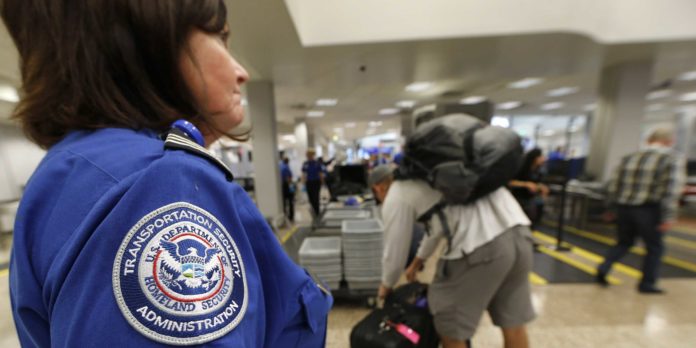
Airport screenings of travelers from West Africa haven’t turned up anyone with Ebola, health officials announced Tuesday.
U.S. officials screened nearly 2,000 travelers for Ebola symptoms over 31 days in October and November, according to a new report from the Centers for Disease Control and Prevention.
Only seven travelers with symptoms were referred to the CDC for medical exams, and none had the disease, the report says.
Although two travelers from West Africa were later diagnosed with Ebola — an American doctor and a Liberian national — neither had symptoms in the air or in airports.
The diagnosis in September of the first Ebola patient in the U.S., Thomas Eric Duncan, led to widespread calls for travel bans from affected countries. While President Obama heeded the advice of medical experts and rejected an outright ban, the CDC announced in October that it would work with U.S. Customs and Border Protection to screen travelers from Ebola-affected countries in West Africa, funneling those air passengers through five major airports.
The CDC also has worked with the World Health Organization and officials in Liberia, Sierra Leone and Guinea, the five hardest-hit countries, to screen passengers before they exit those countries.
About 80,000 air travelers have flown out of the three countries since August, about 12,000 of them bound for the USA, according to the CDC report. The three countries prevented anyone with possible Ebola symptoms, such as a fever, from boarding a plane. None of the travelers prevented from boarding turned out to have Ebola, the CDC says.
No one who was permitted to travel had Ebola symptoms in the air or in the airport. Two travelers – Duncan and New York physician Craig Spencer – developed symptoms days after arriving in the USA.
U.S. officials screened 1,993 travelers from West Africa from Oct. 11 through Nov. 10, the CDC says. Seven who had symptoms were referred to the CDC for additional medical exams. None tested positive for Ebola. About 3% of the 1,993 travelers had worked in a health care facility or lab in an Ebola-affected country. According to flight data, fewer than 0.06% of all airplane passengers arriving in the USA came from those three countries.
On Nov. 17, officials also began screening passengers arriving from Mali, the latest country to experience an Ebola outbreak.
“The goal and potential benefit of exit and entry screening at international borders encompasses more than identification of ill travelers at those borders,” the report said. The screenings also educate travelers about Ebola, and link them to public health authorities in case they later develop symptoms, and need to get in touch with authorities, the report said.
On Friday, the CDC reported that doctors and other health workers made 650 inquiries about possible Ebola cases from July 9 through Nov. 15. Eighteen percent of those cases had possible symptoms of Ebola and a risk factor for infection, such as recent travel to West Africa. Four cases were positive: Spencer, Duncan and two of Duncan’s nurses, Amber Vinson and Nina Pham.
However, 75% of the inquiries involved people who had zero risk of Ebola, because they hadn’t been to West Africa and hadn’t had contact with an Ebola patient, the CDC says.
About 17,800 people have been diagnosed with Ebola in Sierra Leone, Guinea and Liberia, according to the WHO. Sierra Leone, with 7,798 cases, has overtaken Liberia as the country that has had the most people infected.
